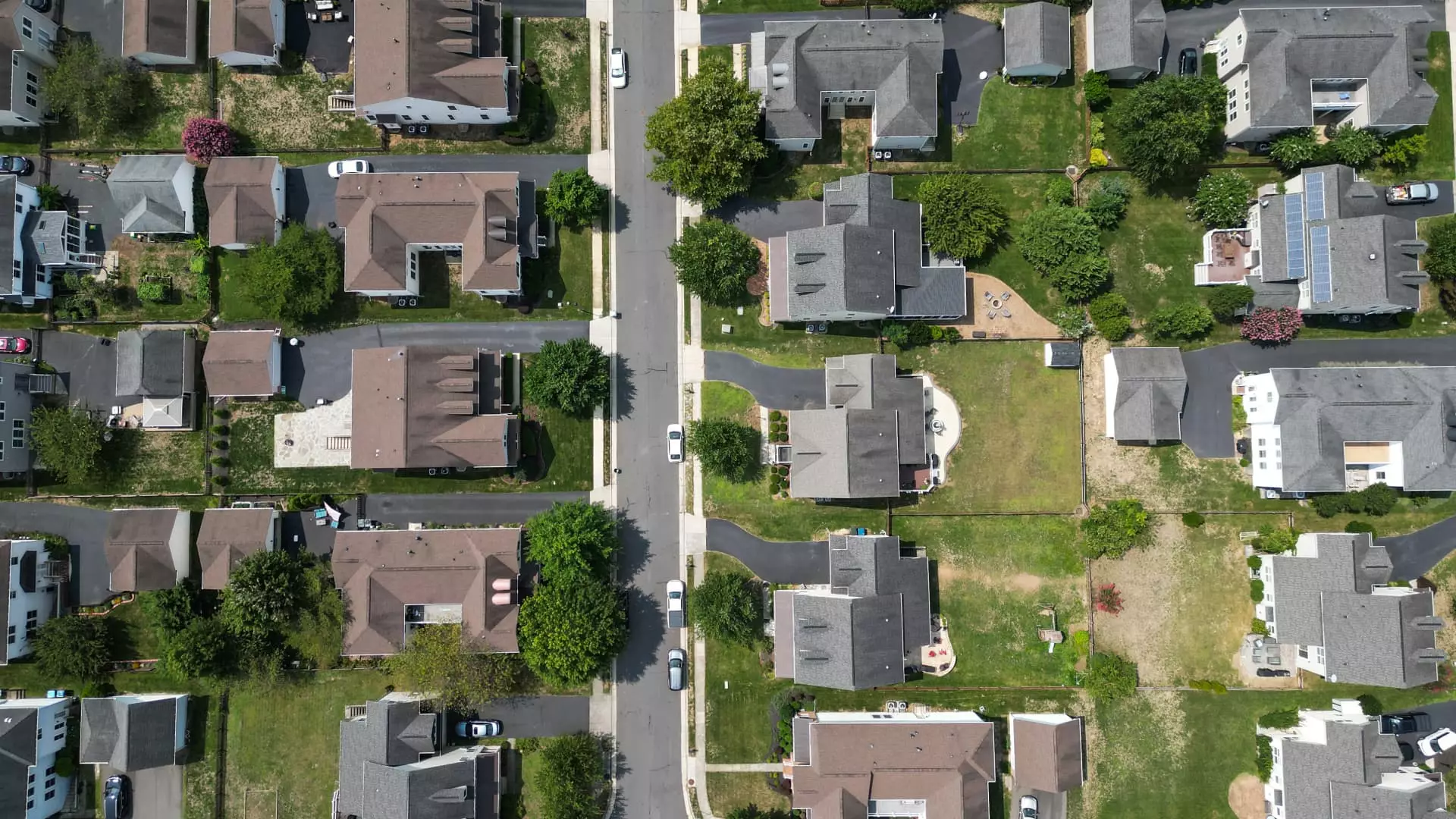Economic Shift Sparks Hope but Masks Underlying Market Concerns

Recent fluctuations in mortgage rates have sparked a notable surge in refinancing activities, revealing homeowners’ eagerness to capitalize on favorable borrowing conditions. With the average 30-year fixed mortgage dipping to 6.79%, the lowest since April, many borrowers see this as an opportune moment to lower their monthly payments or consolidate debt. This increase, particularly the 7% weekly rise in refinancing applications, underscores a broader trend: Americans are increasingly attuned to rate movements, reacting swiftly to any decline. However, beneath this surface optimism lies a more complex reality—such short-term benefits may obscure long-term economic stability. Although the uptick in refinancing is welcomed from a consumer perspective, it also signals a potential misjudgment of future rate trajectories, which remain uncertain due to lingering inflation pressures and sluggish wage growth.
Moreover, the increase in applications for VA loans—rising by over 20%—indicates a strategic shift among military and veteran communities seeking to leverage this slight rate dip. Yet, it is crucial to recognize that larger loan sizes, averaging over $313,700, are now dominant in refinance activity, illustrating perhaps a tendency toward riskier financial behavior in a volatile economy. While these individuals see short-term advantages, such trends could overextend their financial resilience should interest rates rise again unexpectedly.
Homebuyers Remain Cautiously Sidelined
In stark contrast to the refinance frenzy, prospective homebuyers exhibit restraint, highlighting persistent uncertainty in the housing market. Purchases of new mortgages increased negligibly—by just 0.1%—and remain substantially below their previous levels despite being 16% higher than a year ago. This tepid response suggests that buyers are wary of current economic signals, including uncertain job prospects, inflation concerns, and potential rate hikes. The relatively flat purchase application rate demonstrates that consumers, despite their desire to own homes, are hesitant to act decisively during a period marked by economic ambivalence.
Furthermore, the labor market’s latest data—the persistent rise in job openings—adds another layer of complexity. While strong job growth supports consumer confidence, it also feeds into inflationary pressures, which in turn threaten to push mortgage rates upward again. This dynamic creates a Catch-22 where optimistic refinancing can coexist with cautious home buying, leaving the housing market in a delicate equilibrium.
Implications for Economic Stability and Policy
From a centrist-liberal perspective, these mixed signals expose the fragility of current economic recovery. While lower mortgage rates are advantageous for some consumers, they risk fostering debt accumulation and asset bubbles if misinterpreted as a sign of sustained economic strength. The government and policymakers must exercise prudence, avoiding the complacency that often accompanies short-term market gains.
Maintaining a careful balancing act is essential: supporting economic growth without encouraging reckless borrowing or overheating the housing market. With the Federal Reserve and other institutions watching closely, proactive measures are necessary to ensure that short-lived rate declines translate into genuine economic stability rather than superficial gains. Ignoring these warning signs could lead to a more turbulent market downturn when rate hikes inevitably reemerge, leaving homeowners and investors vulnerable to abrupt shocks.





